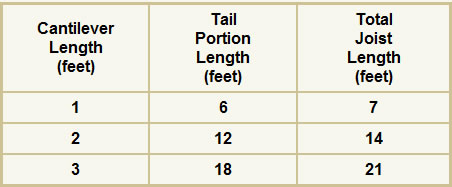Cantilever deformation is usually caused by lumber spans that are too long at either the cantilever portion or at the tail joist portion, or both, as shown in Figure 3.
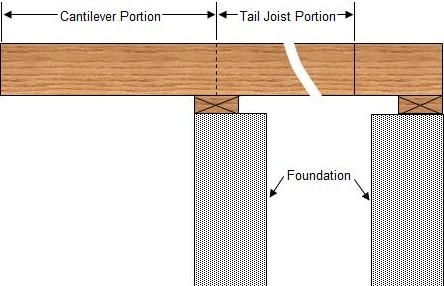
Figure 3 - Cantilever and Tail Portion of Joist
In situations where a cantilever is bearing the dead load of a roof and the live load of a floor movement and deformation may occur within the entire floor system.
The cantilever wants to rotate at its fulcrum. If the dead load of the roof and the live load of the floor are to heavy for the extended joist, the cantilever portion of the joist will want to bend downward which will, in turn, raise the tail portion of the joist.
The lengths of both the tail joist portion and the cantilever portion combined, will determine how much deformation will actually occur.
Building codes determine the maximum permissible cantilever span based on the size and species of lumber used for the floor joists. For construction grade spruce, one of the most common floor joist species a common building code is that floor joists that support dead roof loads and live floor loads cannot be extended beyond 16 inches for 2 x 8 joists or beyond 24 inches for 2 x 10 joists as detailed in Figures 4 and 5.
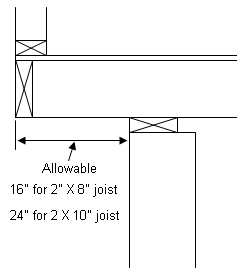
Figure 4 - Maximum length of cantilever that supports a roof load
These of course are maximum distances that maintain structural integrity. It does not mean that these distances will not have some deformation or provide some vibration.
As a general rule, good construction practice would indicate that the maximum extension for the cantilever should be no more than twice the depth of the joist lumber, as shown in Figure 5. As an example; an 8 inch joist should have a maximum cantilever of 8 inches and a 10 inch joist should have a maximum cantilever of 10 inches. Following this rule will basically eliminate all vibration and deformation caused by the cantilever.
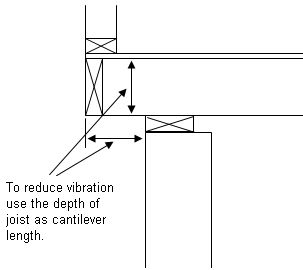
Figure 5 - Using good construction practice to determine length of cantilever
If the cantilevered joist runs in the same direction as the structural floor joists, the tail portion of the joist should extend inward within the floor joist framing a minimum of 6 times the length of the cantilever portion of the joist.
A length of 6 times the cantilever will help to prevent any deformation or movement of the tail joists if they are subjected to a heavy live loads, as shown in Figure 6.
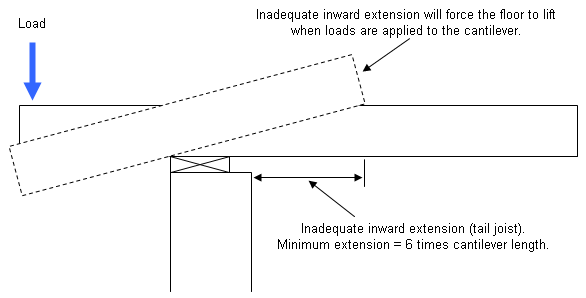
Figure 6 - Deformation of small length cantilever floor joist
Table 1 - Relationship Between Cantilever Length, Tail Portion Length & Total Length
